Some of the ways to ruin your quad take some work (like crashing), but some of the easiest ways to ruin your quad are quite simple (and you might be doing them right now!). From neglecting minor maintenance issues to learning the hard way that your quad isn’t a great swimmer or immune to the laws of gravity, here are 10 quick and easy ways to ruin your quad. And, of course, how to fix them.
Raise your hand if you’ve ever said, “I never change the air filter on my quad because I have better things to do like losing horsepower and quietly ruining my ATV’s engine! Maintenance is for suckers!”
Your quad’s air filter needs to be cleaned regularly. Why? Because running an engine with a dirty air filter is one of the easiest ways to ruin your machine. Sucking dirt particles into the engine will, over time, wear out the engine and can do some serious damage. Here’s the basic break down: an engine needs both fuel and air to produce power.
When the air filter is dirty, it can no longer keep dirt from getting sucked into the engine. When dirt particles start invading the inner chambers of your quad’s powerplant, it won’t run as well as it should, which results in horsepower loss and interior damage to the engine, which can easily be fixed by buying a new engine (if that’s what you’re into).
Clean the air filter before riding season begins if you’re a casual rider, and clean it after a really nasty dirty ride if you’re a frequent off-roader. If you ride in the dunes, you might have to clean the air filter more than ONCE A DAY. Did you hear that? ‘Cause we’re yelling it! Here’s a good rule of thumb: if you face has dirt on it after a ride, check the air filter in your quad. If it’s dirty, clean it!
Maybe right now is a good time to turn off the computer and get so cleaning or replacing your quad’s air filter. Something so simple (it takes all of 10 minutes and not a whole lot of money) makes a big difference in how your quad runs, and for how long it’ll keep running in the years to come.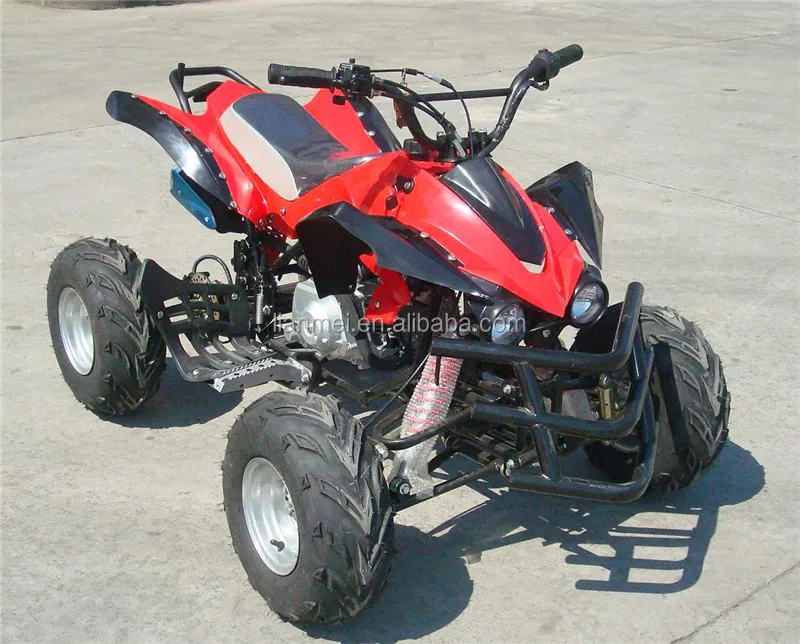
Smack yourself if you’ve ever said: “Changing oil is for jerks, and I always say that if there’s oil in the engine it’s all good. I know for a fact that a magical grease monkey visits my quad in the garage and cleans the goop out of the oil so I never have to change it.”
This works much like the air filter tip, and because we love to yell, we’re going to scream this: CHANGE YOUR QUAD’S OIL ONCE IN A WHILE, WOULD YA? Sheesh. Just like the air filter, oil collects junk and gunk. From little metal shavings from engine wear to dirt and debris, the oil is a breeding ground for a break down. And if you’re playing in puddles with your quad, you might have a nice little water and oil mixture going on there, and you know what they say about oil and water: they don’t mix. So, at the end of your riding season (if you’re a seasonal rider), replace the oil. Or, you can do it in the spring (but we prefer our quads to have fresh oil in their bellies while they wait out winter).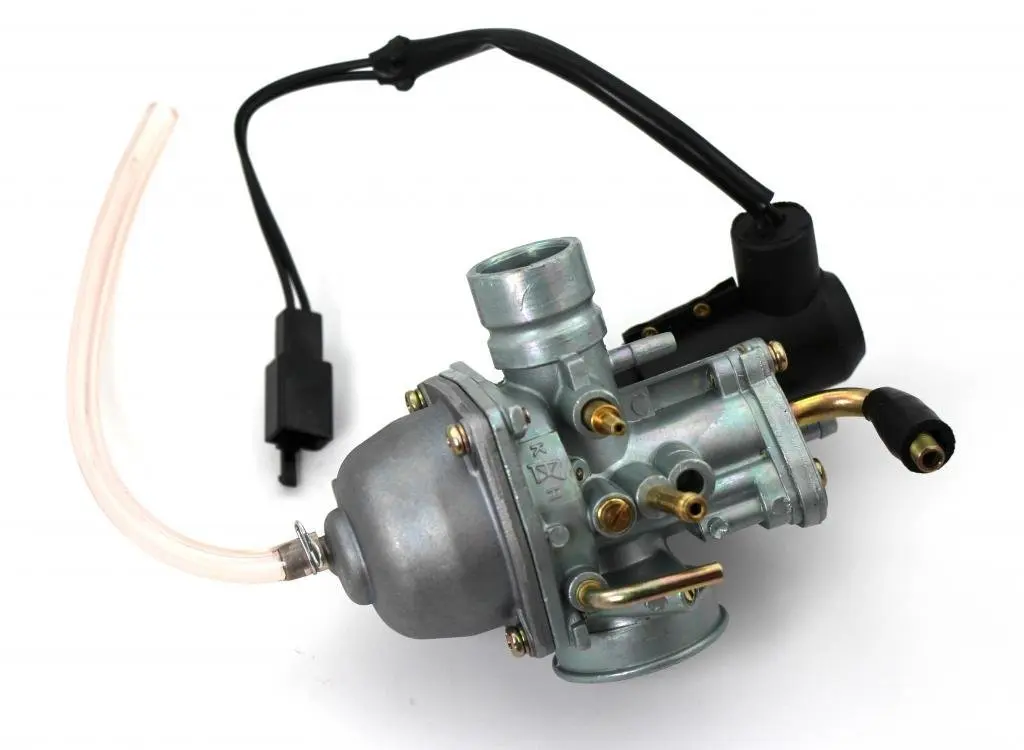 If you ride your machine in the cold months, change the oil to the appropriate weight for colder temperatures. And in the heat of the riding season, change the oil if you get in too deep with a body of water or a mud pit. If you’re racing your quad, it’s not unreasonable to change the oil after every race. Basically, the point we’re trying to get across here is change the oil in your quad at least once a year, and do it more frequently if you’re a frequent rider.
If you ride your machine in the cold months, change the oil to the appropriate weight for colder temperatures. And in the heat of the riding season, change the oil if you get in too deep with a body of water or a mud pit. If you’re racing your quad, it’s not unreasonable to change the oil after every race. Basically, the point we’re trying to get across here is change the oil in your quad at least once a year, and do it more frequently if you’re a frequent rider.
The good news is that putting fresh, clean oil in your quad is one of the easiest maintenance routines to perform. Get a few quarts of ATV engine oil, drain the old stuff, and put new oil in. See? It’s so easy it took us only one sentence to explain what to do. But please, for the love of all things good and great, don’t dump the contaminated old oil down a drain, a sewer, or into your yard. If you do, we’ll be forced to come to your house with a rolled up newspaper and smack you on the nose. Take the old oil to a recycling center, like a repair shop.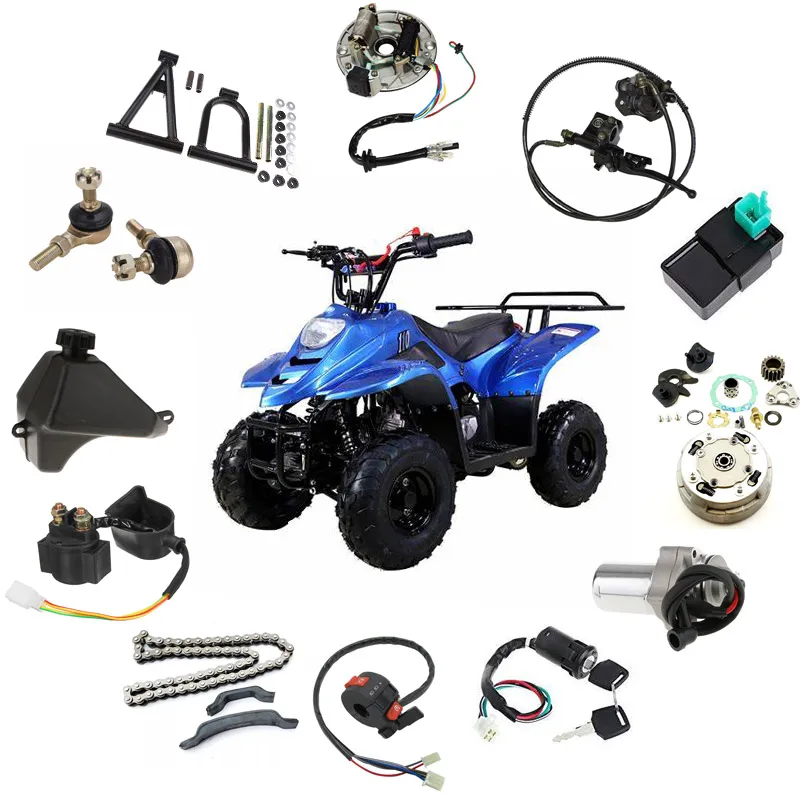 Most places will take your dirty oil and recycle it for free! The environment will thank you, and you’ll save yourself a swat with a rolled up newspaper and the embarrassment of us publishing photos of you getting scolded. DON’T MAKE US COME OVER THERE.
Most places will take your dirty oil and recycle it for free! The environment will thank you, and you’ll save yourself a swat with a rolled up newspaper and the embarrassment of us publishing photos of you getting scolded. DON’T MAKE US COME OVER THERE.
Holler if you’ve ever stated, “If bolts need a written invitation to stay where they’re supposed to, then I don’t really need ’em! Let them fall off!”
We know a lot of riders who live by the motto, “Run it ’til the wheels fall off.” And you know what? It’s more likely than you think! You can’t “pin it to win it” if stuff (especially important stuff like a wheel) is separating from your machine. Would it kill you to grab a torque wrench or a socket once in a while and check that all the bolts on your machine are tight? We asked a few doctors, and the consensus is no, in fact, it will not kill you to tighten a couple of bolts. No more excuses.
Here is a list of bolts you should be touching, tightening, and torquing on a regular basis:
* Lug nuts: They need to be properly torqued. You don’t want your four-wheeler turning into an impromptu three- or two-wheeler.
You don’t want your four-wheeler turning into an impromptu three- or two-wheeler.
* Pivot bolt: This bolt holds the swingarm to the frame, so if even with a basic understanding of mechanics, you’ll know that it is important. A loose pivot bolt can wear out the frame and also ruin the bearings.
* Axle nut: Make sure the axle nut is properly tightened; a loose axle will wear out bearings and possibly destroy the axle carrier.
* Wheel hubs: Loose front hubs will wear out your quad’s bearings. Loose rear hubs will eventually strip axle and hub splines. This all will create more down time and work for you.
* Skid plate bolts: If you have a skid plate on your machine, check the bolts that hold it in place. Constant battering almost always loosens these bolts (and you don’t want to lose a $100-plus skid plate).
* Sprocket bolt: Constant chain torque eventually will loosen this bolt.
Water is important for the life of most things, but it could shorten the life of your quad; especially if you decide to try your quad out as a submarine (which it most definitely is not).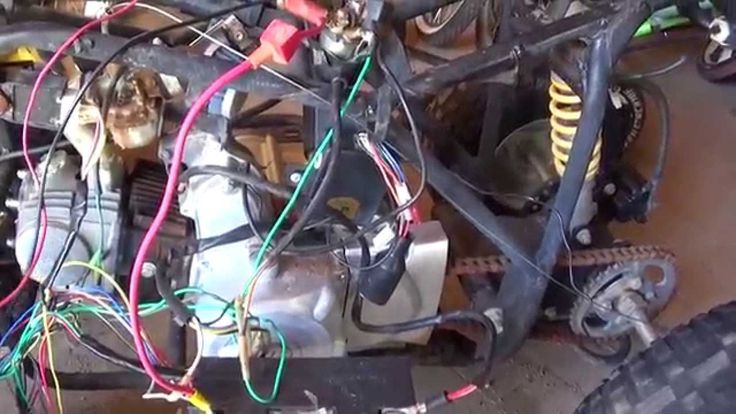 Sinking, submerging, and sucking moisture (whether water or mud) is a quick way get water in the engine, gasoline, and oil, which will do wonders for your quad…like “I wonder why it’s not working?” Are you confused as to what to do if your quad has spent more time floating than rolling lately? Here are a few hints.
Sinking, submerging, and sucking moisture (whether water or mud) is a quick way get water in the engine, gasoline, and oil, which will do wonders for your quad…like “I wonder why it’s not working?” Are you confused as to what to do if your quad has spent more time floating than rolling lately? Here are a few hints.
First of all, if you’ve sucked water, get your machine onto dry land and don’t try to start it! Tip your quad on its back end (on the grab bar) to drain some of the excess water out of the exhaust pipe. Then pull the spark plug out and crank it over with plug out to blow water out of the cylinder. If you have a belt-driven transmission (a quad without a chain), there should a plug at the bottom of the belt cover that you can pull to drain the water out once the quad is back down on its wheels. Also, open the air box (if it’s located behind the carburetor) and then pull the filter out. If it’s wet, do your best to dry it out.
If you can get your machine running again, don’t push your luck by keeping the ride alive. Your day of riding is over, man! It’s important to get it back home to the garage as soon as possible after a “bath.” When you get back to your garage, you’ll have to clean the airboot, change the oil, clean the air filter, and clean the carburetor out. Water sloshing around in any of these parts will mean certain doom for your machine in the near future. Regrease the zirks and anything else that needs attention (use waterproof grease if you liked dunking your quad so much the first time that you’re considering doing it again). Another great tool for cleaning up after a water landing is WD-40. The WD stands for “water displacement (for real!) and it will push water out of the machine.
Your day of riding is over, man! It’s important to get it back home to the garage as soon as possible after a “bath.” When you get back to your garage, you’ll have to clean the airboot, change the oil, clean the air filter, and clean the carburetor out. Water sloshing around in any of these parts will mean certain doom for your machine in the near future. Regrease the zirks and anything else that needs attention (use waterproof grease if you liked dunking your quad so much the first time that you’re considering doing it again). Another great tool for cleaning up after a water landing is WD-40. The WD stands for “water displacement (for real!) and it will push water out of the machine.
There are two rules we’ve tested time and time again: gravity and Murphy’s Law. We haven’t beaten either one yet. Trying to climb a steep hill, flipping your machine over, running your quad into a tree or rock, bending stuff that’s not supposed to be bent, puncturing things that aren’t supposed to be punctured, and breaking stuff in general does not bode well for the longevity of your quad.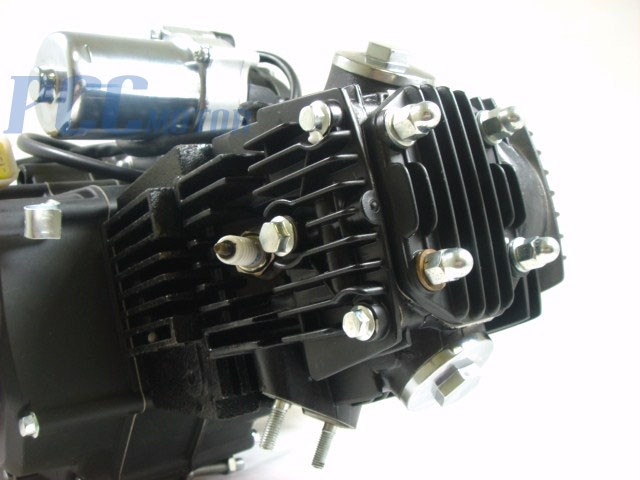 Surprised? Really? If you’ve crashed your machine, there are a few basics you should check out before riding again. First of all, make sure all your limbs work. Then check all the controls on your quad: make sure the throttle, brake, clutch, and shifter all work without binding. Next check out the tires and wheels: If there’s dirt in the bead or punctures in the tires that you can’t patch, then you know you’ll have to get back to your truck or trailer ASAP. If everything looks OK so far, straddle each tire with your legs and hold them tight while you twist the handlebars. This will tell you if there’s too much slop in the steering, and if there is, you need to ride very carefully back to your base camp. All those tests show no problems? Then start it up and make sure the throttle operates properly before taking off.
Surprised? Really? If you’ve crashed your machine, there are a few basics you should check out before riding again. First of all, make sure all your limbs work. Then check all the controls on your quad: make sure the throttle, brake, clutch, and shifter all work without binding. Next check out the tires and wheels: If there’s dirt in the bead or punctures in the tires that you can’t patch, then you know you’ll have to get back to your truck or trailer ASAP. If everything looks OK so far, straddle each tire with your legs and hold them tight while you twist the handlebars. This will tell you if there’s too much slop in the steering, and if there is, you need to ride very carefully back to your base camp. All those tests show no problems? Then start it up and make sure the throttle operates properly before taking off.
When you get back home, you’ll have to do a more in-depth checkup on your quad. While cracked plastics might not look great, they’re not essential to the function of your quad…but, if you’ve got a leaking gas tank, well, that’s another story.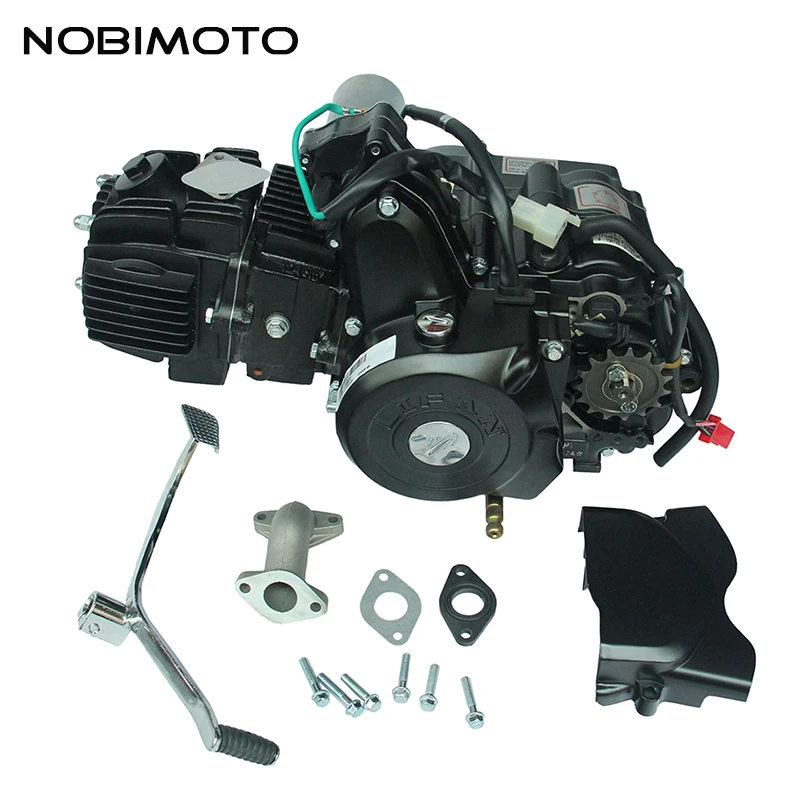 Check for obvious cracks or stress or paint chips where the frame was stressed. These could be the start of a bigger problem. Riding a quad with a broken frame is really not fun, so keep an eye on stress spots. Next up, check to see if anything is obviously bent, and make sure the quad rides straight. And now’s probably a good time to check all the bolts that we mention in #3, as well.
Check for obvious cracks or stress or paint chips where the frame was stressed. These could be the start of a bigger problem. Riding a quad with a broken frame is really not fun, so keep an eye on stress spots. Next up, check to see if anything is obviously bent, and make sure the quad rides straight. And now’s probably a good time to check all the bolts that we mention in #3, as well.
A dirty quad is a playground for lurking problems. Regardless of the amount and/or the velocity of the precipitation falling from the sky, rain is not an appropriate substitute for a good wash with some soap and water at the local car wash or in your back yard. And we’re not talking about just washing the parts of your quad that everyone can see. We’re talking about the deep-down, hidden, machine-eroding dirt that cakes underneath, in between, and everywhere it shouldn’t be. You may ask yourself how leaving dirt on your quad can ruin it, but trust us, it can and will!
Scrub the top, the sides, and don’t be afraid to reach underneath and clean that undercarriage.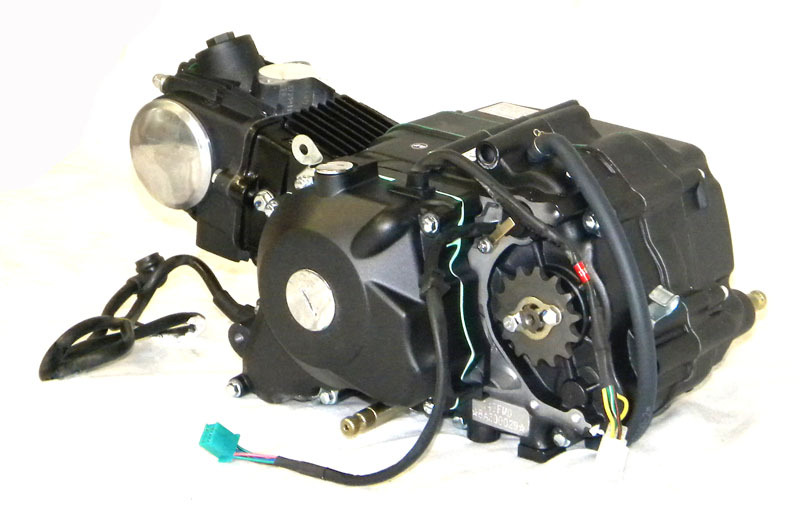 If it helps, you can roll your quad halfway up onto the ramps you use to load it into your truck bed
If it helps, you can roll your quad halfway up onto the ramps you use to load it into your truck bed
Repeat after us: Grease is good. Grease is great. Grease is better on your quad than on your plate. Well, they’re both equally good, but different kinds of grease. After you’ve put down that chicken wing, let’s get down to business greasing the pivots and bearings on your quad. They like grease even more that you do (if that’s possible!).
Grease:
Pivot bolt
Carrier bearings (axle)
Steering stem bushing
A-arm bushings or bearings
Front hub bearings
Think of gasoline like a gallon of milk. The same way milk will last a couple of weeks in the fridge, fuel will stay fresh in your quad for a couple of weeks. But, you wouldn’t let a jug of milk sit for six months and then try to have a bowl of cereal with it, would you? The same principal applies to gasoline. Fuel goes bad. It really does! This is not just some scare tactic employed by the oil companies to get more money out of you. Gasoline breaks down over time and it can take your quad down with it. It can clog up carburetors and fuel lines, and you’ll be left with a sputtering mess that konks out every time you blip the throttle. That doesn’t sound like fun, does it?
Gasoline breaks down over time and it can take your quad down with it. It can clog up carburetors and fuel lines, and you’ll be left with a sputtering mess that konks out every time you blip the throttle. That doesn’t sound like fun, does it?
If you’re going to leave your quad to rest peacefully in the winter months, or if you’re just going to be too busy to ride your machine for a while, prep the gasoline in your quad’s tank. Either drain the tank completely (run it ’til it’s dry if it’s got a carburetor) or put a fuel additive in the tank to keep the fuel from going bad. If you choose to put an additive in the tank, make sure you clean out the fuel from the line and the carburetor. The easiest way to do that is turn the fuel tank selector to “off” and let your quad run. This will use all the fuel in the fuel line and in the float bowls of the carburetor, making sure there’s not fuel left over that can go bad and gum up your machine. Make sure you do this out in the open though…trying this in a closed-off garage could equal one mean headache and a unplanned trip to the hospital.
Been mudding? Been riding in the woods? The sand? Anywhere at all? A lot of different types of terrain can be rough on your quad’s radiator. And if the radiator isn’t working correctly, shortly thereafter your engine won’t be working too swiftly either. Here’s a simple equation to demonstrate what we mean: crud (crap and mud) + radiator = overheated engine. How many rides are you going to get in with an overheated engine? Exactly zero.
If you’ve been mudding, splashing in puddles, or riding through wet terrain (even if it doesn’t seem that treacherous), your quad’s radiator could be operating at a diminished capacity. You need to clean that crap out! To fully clean your radiator, go ahead and make your pressure washer put some pressure on it. A good rule of thumb we’ve learned from our mud-bogging friends is if you pressure wash the radiator and water splashes back at you, then the radiator isn’t clean yet. The water should flow through the radiator without splashing back when it’s clean.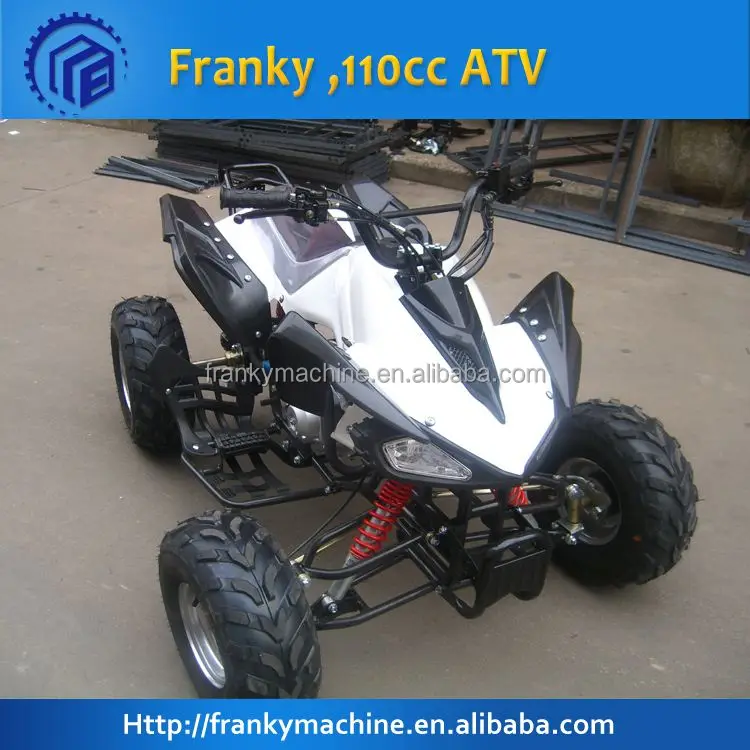 And when it’s clean, it’s keeping your engine cool. And when you’re engine’s cool, you’re in business.
And when it’s clean, it’s keeping your engine cool. And when you’re engine’s cool, you’re in business.
Dude, seriously? Did you just put a pipe on your quad and not rejet it? Lame! There are a lot of things you can accomplish in life by half-assing it, but mods to your machine are not among those things. Do it right the first time, and you won’t have to worry about it again. So, anything you add or change on your quad that affects the power it produces or the way it runs should be done properly (duh) and with the right adjustments. For instance, if you’re outfitting your quad with a new pipe, you need to make allowances for the added horsepower by either rejetting it (if you have a carbureted machine) or getting a new fuel map (if you have a fuel-injected quad). ––Cassandra
Take care of your machine to keep it running season after season. John HafnerOnce you’ve spent your hard-earned money on an ATV or SXS, you want to be sure you take care of it.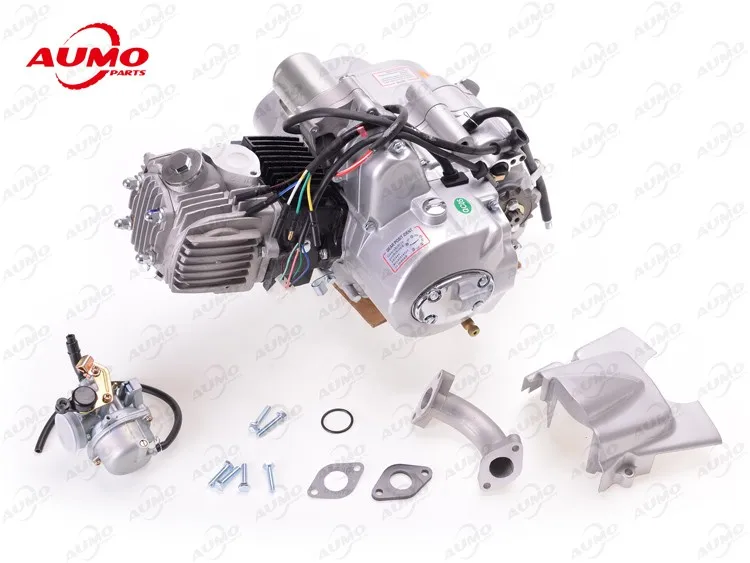 Here are a few random tips to help you preserve your investment. Getting to know every part of your hunting rig is important, and even if you’re not the one doing the maintenance on your machine, you need to know how the terrain and riding conditions impact the health of your ride.
Here are a few random tips to help you preserve your investment. Getting to know every part of your hunting rig is important, and even if you’re not the one doing the maintenance on your machine, you need to know how the terrain and riding conditions impact the health of your ride.
The air filter on your machine is the breathing inlet for the motor. If the air filter gets clogged, the amount of air is reduced and the machine will run rich. This means more fuel than air is entering the engine and you stand a chance of fouling the spark plug. The sealing surface of your air filter is subject to leaking, and making sure the filter is properly seated in the housing is critical to clean air entering the engine. Even fine dust can wear on the engine’s internals and will eventually kill your investment.
Belt driven machines are more common today than in years past. The belt that puts the power from the motor to the transmission needs to stay dry and cool.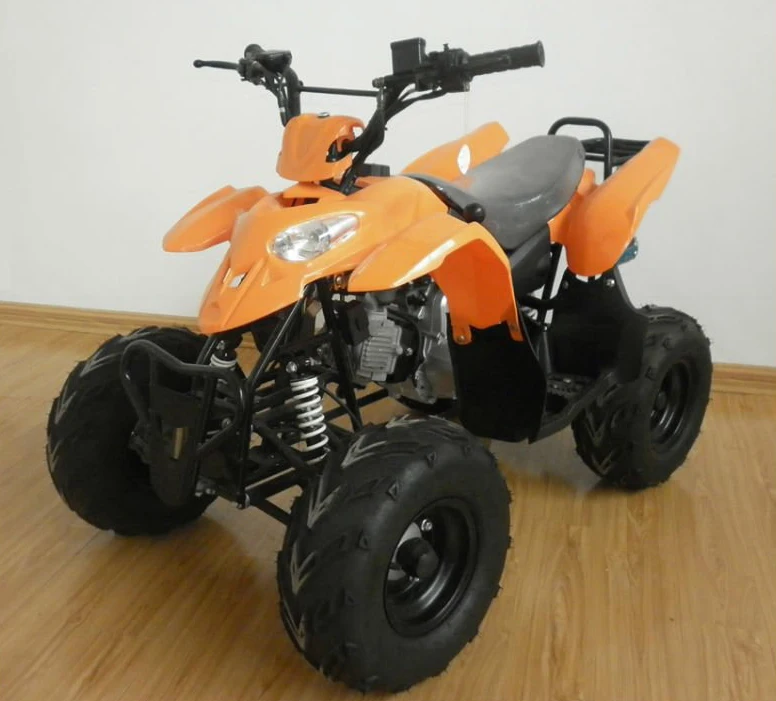 If you ride in deep water and the transmission slips, be sure to first remove the machine from the water and then drain the CVT box. Most newer belt drives have drains on the bottom rear of the CVT box. A wet belt slips and will burn wear spots on the sides of the belt. This will eventually lead to belt failure.
If you ride in deep water and the transmission slips, be sure to first remove the machine from the water and then drain the CVT box. Most newer belt drives have drains on the bottom rear of the CVT box. A wet belt slips and will burn wear spots on the sides of the belt. This will eventually lead to belt failure.
CV axle boots are subject to many obstacles along the trail. These boots protect the constant velocity joints for the front and rear axles on independent suspension machines. If these boots get torn, you will eventually ruin the joint. Mud, water, and trail trash will find their way into the joint and grind it to pieces. Always keep an eye on the axles and boots to prevent unexpected damage. ––Rick Sosebee
+
Quick View
$ 330.00
+
Quick View
$ 330. 00
00
+
Quick View
$ 330.00
+
Quick View
$ 15.00
+
Quick View
$ 450.00
+
Quick View
$ 450.00
+
Quick View
$ 280.00
+
Quick View
$ 330.00
+
Quick View
$ 330.00
+
Quick View
$ 350.00
+
Quick View
$ 310.00
+
Quick View
$ 180.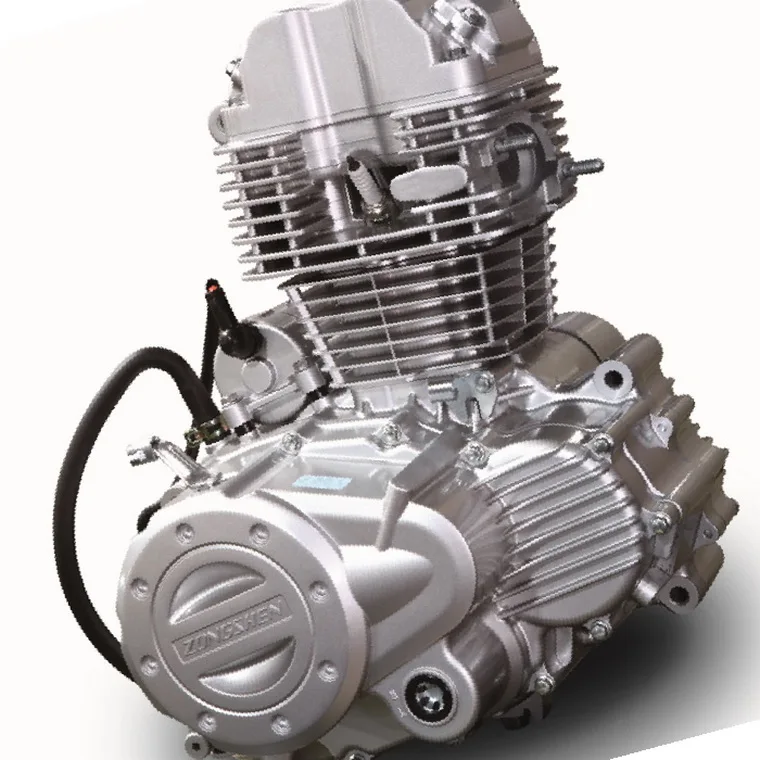 00
00
+
Quick View
$ 310.00
+
Quick View
$ 244.80
Here you’ll find all the ATV engine options we have currently available. You’d be surprised to know that ATV replacement engines are a lot like the engines of most other vehicles. There are a few different types of engines to choose from depending on the type of four wheeler you have.
ATV engines pull oxygen and fuel together in the combustion chamber which allows the piston to combust the two. This process creates a mild explosion that then propels the vehicle in the direction you want it to go. Four wheeler engines come in both two-stroke and four-stroke options of various cc’s depending on the size of your ATV.
Knowing the type of engine you currently have will help you shop the ATV engines for sale on this page.
A two-stroke ATV engine is generally less efficient because it creates power each time the piston hits the chamber.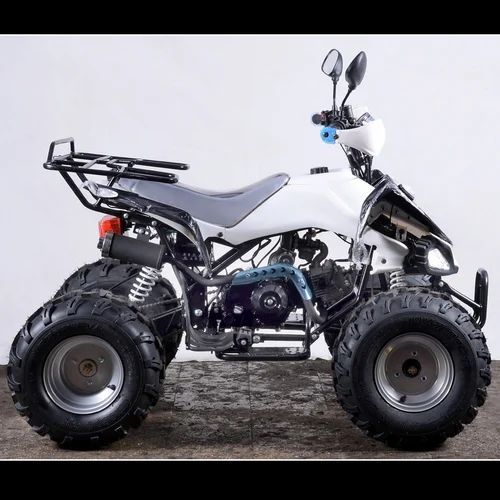 This does however create more power and a two-stroke ATV engine weighs a lot less than a four-stroke because there's no oil reservoir.
This does however create more power and a two-stroke ATV engine weighs a lot less than a four-stroke because there's no oil reservoir.
A four-stroke ATV engine requires a typical oil change to keep the engine lubricated but these are known for being more reliable since they run at lower RPMs and put less wear on the engine as a whole.
The process of choosing is much like choosing replacement dirt bike engines too. Figure out what engine you currently have and what type of replacement you could install in your current four wheeler and get to work.
To maintain your engine and ensure it runs as long as possible once you install it, you want to make sure to inspect and replace the oil whenever necessary. Take out the dipstick when the ATV is on level ground and check it against the required level. Add more if it looks like you need to and be sure to check the color. If it’s overly dark or chunky, you need to replace it immediately.
Don’t forget to check your air filters to remove debris from the intake and clean the fuel-oxygen ratio.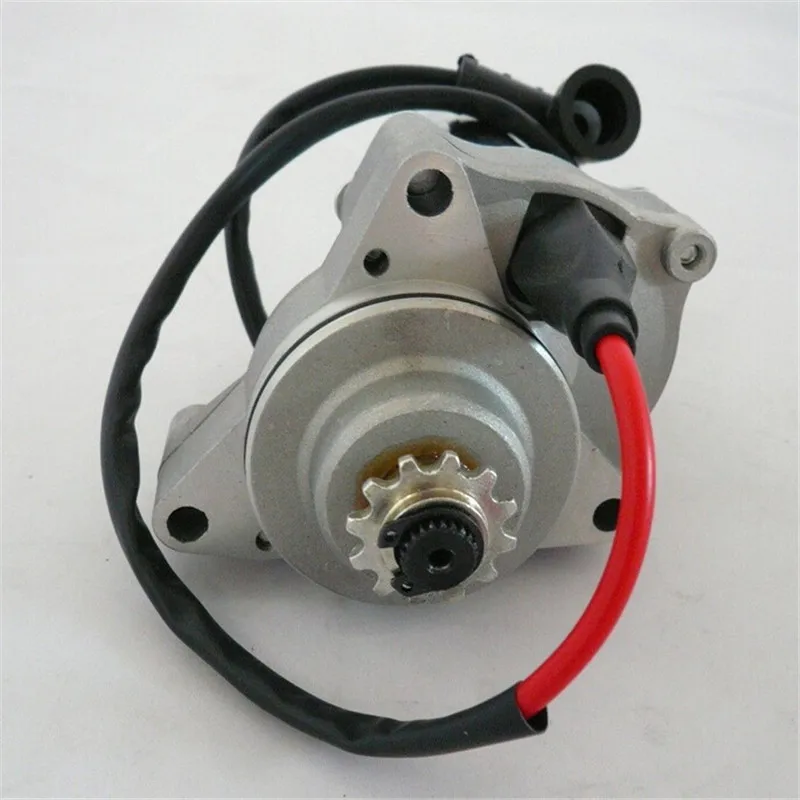 This will prevent your engine from overheating.
This will prevent your engine from overheating.
Lastly, pay attention to all the fluids, not just what is lubricating or fueling your ATV engine. All fluids including the coolant and transmission fluid are important. ATVs are often damaged beyond repair due to poor fluid management.
The final question you may have is why choose Coolster over the competition when there are so many options for ATV engines. We believe in providing alternatives in a market that is typically dominated by a few major brands. We treat our customers as our most valuable assets and ensure the most pleasurable and convenient shopping experience.
To learn more about the Coolster difference or if you have any questions, contact us here.
Sort: DefaultName (A - Z)Name (Z - A)Price (low > high)Price (high > low)Model (A - Z)Model (Z - A)
On the page: 25285075100
Available
Available
Out of stock
Out of stock
Out of stock
Out of stock
Out of stock
YACOTA 50 9 ATV0003
Engine type: 4 stroke
Displacement: 45 cc see
Max.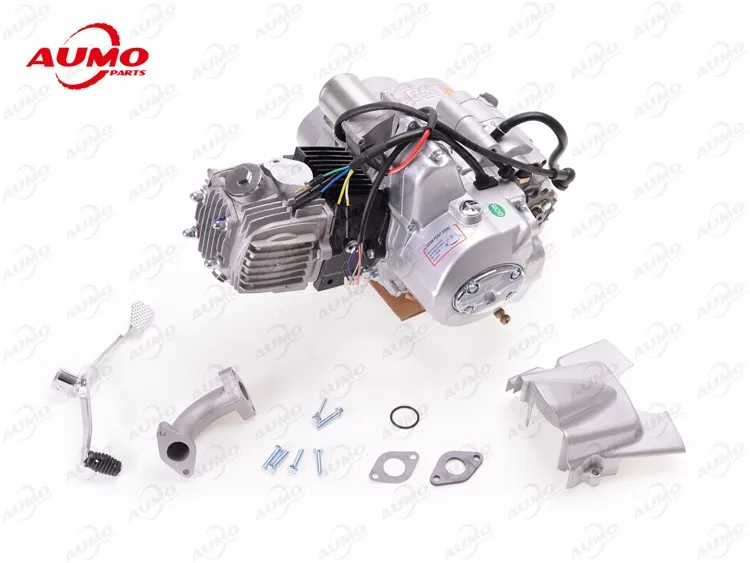 speed 35 km/h
speed 35 km/h
58600 rub.
Out of stock
Out of stock
Available
Available
Out of stock
Out of stock
Showing 1 to 13 of 13 (total 1 pages) sports for children and teenagers. They have the same function as ATV for adults, but differ in size and engine power. Petrol ATV 50 cubes for children is not a toy, it is a sports car on which you need to drive with caution and wisely. We would like to introduce you to technical characteristics and differences of children's and teenage ATVs so that you knew what to pay special attention to when purchasing for a child vehicle.
The main features of ATVs on gasoline:
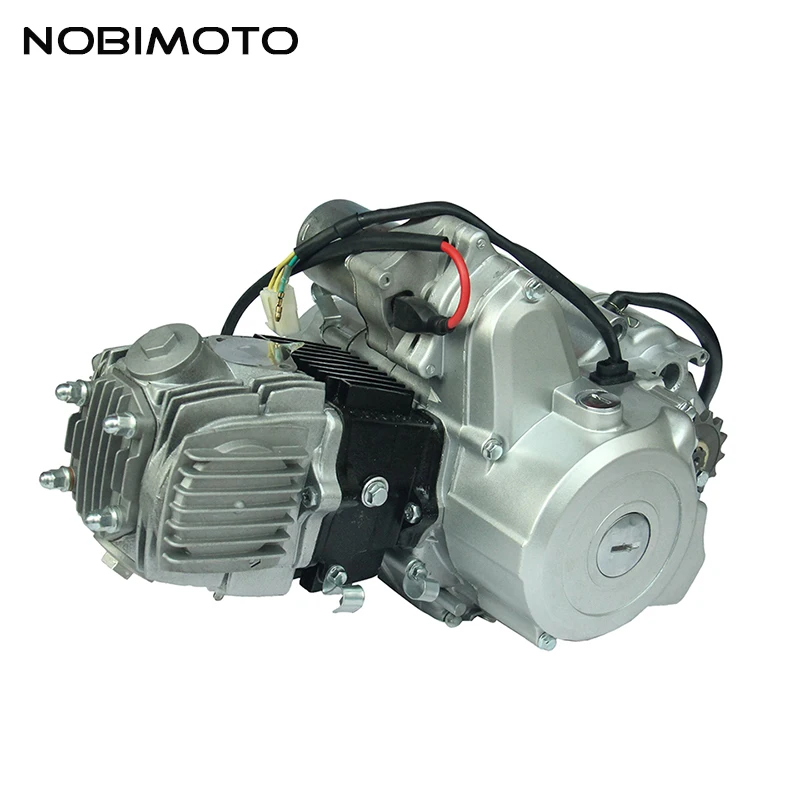 A two-stroke motor is 1.5 times more powerful than a four-stroke motor. With such characteristic, it has less weight and dimensions, since it does not contain gas distribution mechanism. That's why small ATVs are equipped with two-stroke 50cc engines. Parts of a two-stroke motor are lubricated fuel mixture in a ratio of 1:25 (gasoline and special oil). Pure gasoline pour without adding oil into a children's ATV with a two-stroke engine it is forbidden.
A two-stroke motor is 1.5 times more powerful than a four-stroke motor. With such characteristic, it has less weight and dimensions, since it does not contain gas distribution mechanism. That's why small ATVs are equipped with two-stroke 50cc engines. Parts of a two-stroke motor are lubricated fuel mixture in a ratio of 1:25 (gasoline and special oil). Pure gasoline pour without adding oil into a children's ATV with a two-stroke engine it is forbidden. 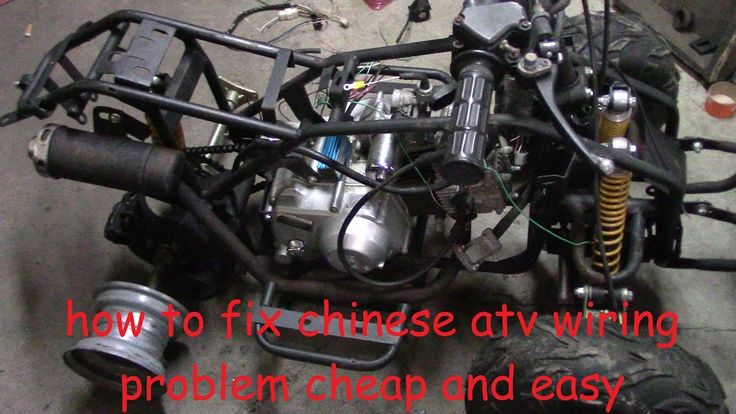 Much more comfortable, of course. electric starter.
Much more comfortable, of course. electric starter. 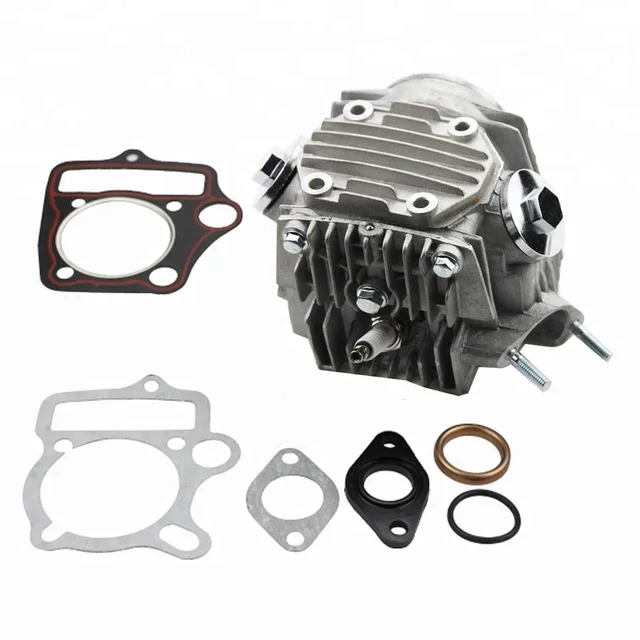 Index age characteristics are advisory in nature, so when buying, choose SUV according to the physical data and abilities of your child. We do not recommend immediately put the child on a powerful ATV. Learning to ride should be gradual.
Index age characteristics are advisory in nature, so when buying, choose SUV according to the physical data and abilities of your child. We do not recommend immediately put the child on a powerful ATV. Learning to ride should be gradual. ATV 50cc - a great opportunity for your child to learn adult technology from an early age. Miniature all-terrain vehicle without problems will overcome impassability at any time of the year. Children on it will be themselves feel like pioneers, conquering forest paths, alleys of the park. ATVs on gasoline for children develop the child's logic, reaction and coordination of movement, and also the confidence of being in the saddle.
The ATV 50 SUV is equipped with:
• an automatic transmission that makes uncomplicated management;
• 3 to 8 horsepower engine, which helps successfully pass various descents and ascents;
• Reinforced frame for increased durability constructions;
• rubber wheels with treads.
Children's SUV with an engine capacity of 50 cubic meters is available for children from 3 to 8 years old, but it is perfect for a teenager if his weight is not will be more than the permissible load of the vehicle. ATV Models presented cubature are quite diverse and their limit load capacity is 45 - 120 kilograms. Small dimensions make it easy SUV transportation.
50cc ATVs are a unique mode of transport and for sports and travel, and also this is your own car for children. For SUVs it is easy to drive where the car gets stuck, but at the same time it is easier to control, than a motorcycle.
Children's ATV is a great gift for your child for his good behaviour. The cost of such pleasure cannot be compared with happy delight of your baby. Quality equipment has been certified by throughout the country. The cost of each vehicle depends specifically from the manufacturer, model and specifications. Thanks to our pricing policy you have a great opportunity to buy a vehicle for your child at an affordable price.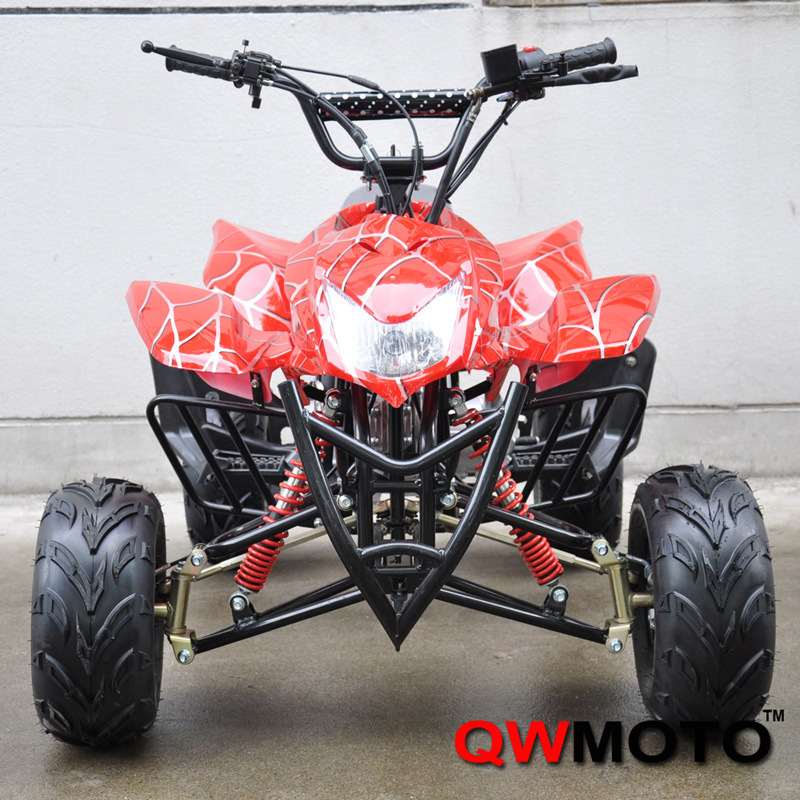 Thoroughly inspected before shipping to buyer. the whole set.
Thoroughly inspected before shipping to buyer. the whole set.
You agree that the maximum speed will be limited for safety reasons
Persons over 16 years old are allowed to drive ATVs.
The total load on the ATV must not exceed 150 kg.
While driving, the driver must hold the steering wheel firmly, the passenger must hold the special handles.
When cornering, move (tilt) the body in the direction of the turn.
When tilting the ATV, move (tilt) the body in the direction opposite to the slope.
Always keep your feet on the footrests when moving, even when leaning over.
We provide a free ATV driving instruction before you start using it.
If you notice fluid leaks and/or other problems, stop the engine immediately and inform your instructor.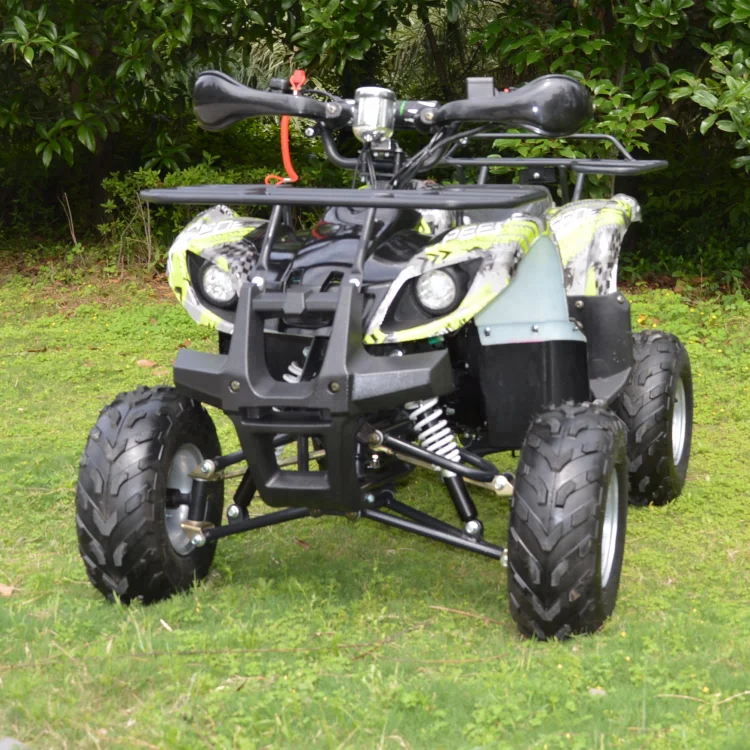
If you detect the operation of warning signs on the instrument panel (during the initial briefing, you will be shown control devices that you should pay attention to throughout the trip), immediately turn off the engine and inform the instructor.
The ATV before and after the rental is checked in your presence for breakdowns and damages, after which the acceptance certificate is signed.
Ride on a quad bike, always wearing helmets only, protective suits are provided free of charge on request.
In the event of a breakdown or accident, inform the instructor or contact him by phone.
If the ATV is damaged due to your fault, you pay the cost of repairs and spare parts.
The time spent during the trip to fix problems that occurred through your fault is not compensated.
You must be instructed in how to operate the ATV before starting operation;
You agree to follow the speed limit set by the guide (instructor).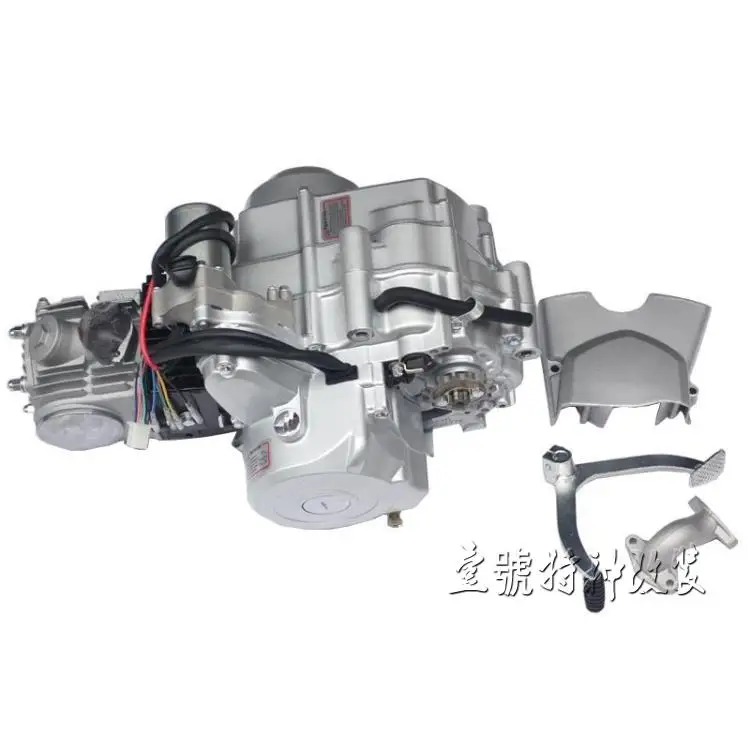
Do not succumb to the provocations of other citizens to participate in the race; clashes and other actions that can directly or indirectly cause damage to property and citizens;
Do not interfere with your actions or omissions to comply with these rules.
Drive onto highways and other public roads.
To tow other ATVs, or any other vehicles.
Leave ATV unattended.
Crossing deep water obstacles, driving over fires and areas with smoke or open flames is prohibited.
Gear shifting without stopping the machinery.
Drunk or drugged ATV riding.
Intentional collision with other ATVs.
Intentional collision with obstacles.
Provoking others to collide.
Overtake the instructor and ATVs in front.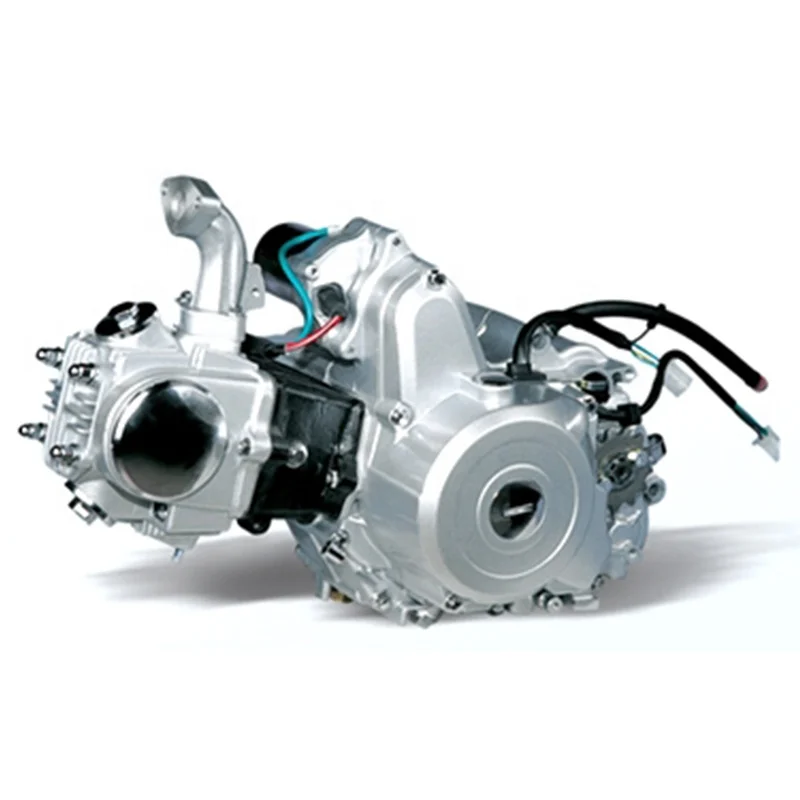
Deliberately fall behind the convoy and then overtake the convoy at high speed.
Do not follow the instructions of the instructor.
Touch moving parts such as wheels, drive shafts, variator pulleys, etc.
Talk aggressively, use profanity, and do anything that might disturb the people around you.
• Do not operate the ATV without wearing a helmet of the correct size. It is also necessary to wear eye protection, (protective mask or goggles).
• Do not consume alcohol or drugs before or while operating an ATV.
• Always follow the instructions and follow the Instructor's recommendations.
• Before each use, make sure the ATV is in good condition and safe to ride. Always follow the rules and recommendations for driving given in the instruction.
• Always use extreme caution and drive slowly when driving in unfamiliar terrain.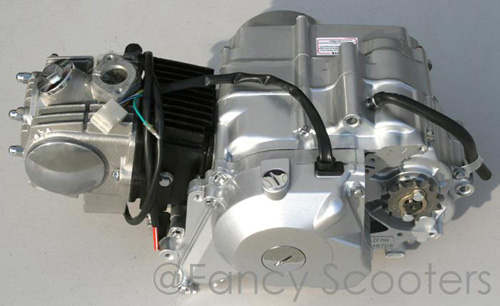
• Always keep both hands on the handlebars and both feet on the footrests while riding the ATV.
• Do not operate the ATV on rough, slippery, damaged roads until you have learned and gained the practical skills necessary to control the ATV on such roads. Always be extremely careful when driving in such conditions.
• Do not operate the ATV on slopes that are too steep for the vehicle and for your experience. Practice on small descents before moving on to difficult ones.
• Always follow the appropriate instructions from the Instructor when entering the hill, check the road surface first, never enter the hill on a road that is too slippery or has a damaged surface. Shift your weight forward of the ATV, never suddenly open the throttle or change gears suddenly. Never drive up a hill at high speed.
• Always follow the appropriate instructions from the Instructor when descending and braking on the hill. Inspect the road carefully before descending. Shift your weight back, never go down a hill at high speed.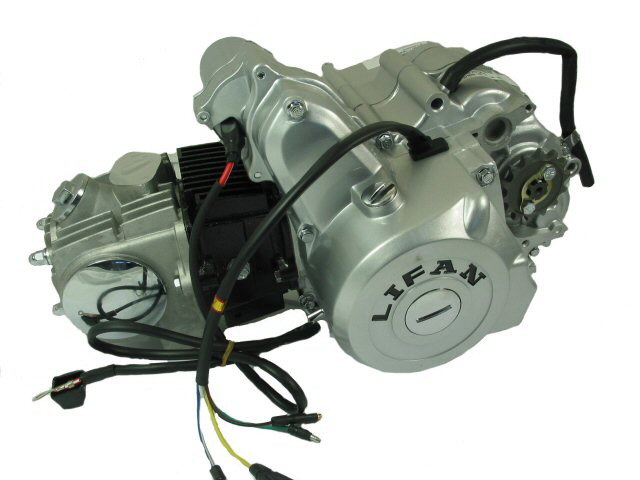 Avoid going downhill at an angle that could cause the ATV to lean to the side. Go straight down if possible.
Avoid going downhill at an angle that could cause the ATV to lean to the side. Go straight down if possible.
• Always follow the appropriate Instructor's instructions for crossing inclines. Avoid slides on excessively slippery or damaged surfaces. Shift your weight to the side of the lift. Never turn the ATV around on a hill until you have mastered the turning technique. On level ground, avoid crossing steep hills whenever possible.
• To prevent the engine from stalling and the vehicle from reversing when entering a hill, use the appropriate gear and maintain a steady speed. If the engine stalls or the vehicle reverses, follow the Instructor's specific instructions.
• Always check for obstacles on the road before operating the ATV in unfamiliar terrain. Never try to overcome large obstacles on the ATV, such as large rocks or fallen trees. Always follow the Instructor's specific instructions for overcoming obstacles.
• Be careful when skidding or skidding when practicing at low speed on a flat, smooth road. On extremely slippery surfaces such as ice, drive slowly and be very careful to reduce the risk of slipping or skidding.
On extremely slippery surfaces such as ice, drive slowly and be very careful to reduce the risk of slipping or skidding.
• Start braking some time before stopping.
• Be aware that wet brakes reduce stopping power. Check your brakes after getting out of the water, if necessary, wait a while for the pads to dry out.
• Always be sure there are no obstacles or people behind you when you turn.
• Never exceed the ATV's stated load capacity. The load must be properly placed and securely attached.
• Never start the engine on a slope, as this may cause damage.
• Observe age guidelines: children under 16 are not allowed to operate an ATV. Do not allow a person who does not know how to operate the ATV in a safe manner to operate the ATV.
• Avoid riding your ATV on paved roads, including driveways, sidewalks, streets, and parking lots.
• If you need to stop (frozen helmet glass, hands, etc.) do not wait for the group to stop. Raise your left hand up (stop signal for ATVs following you) and gently come to a stop.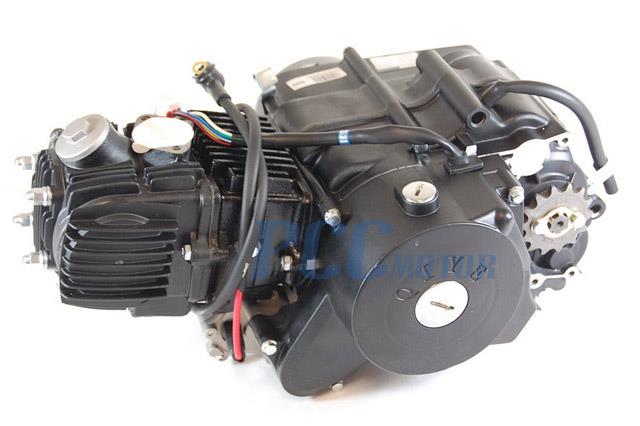
The instructor has the right to stop the tour early in case of violation of these rules!!!
To prevent ATV riding from ending up in a long hospital room:
Do not drive too fast. A four-wheel drive ATV is not a car or a motorcycle. It doesn't respond as well to the driver as a car, it can't lean quickly into a corner like a motorcycle. Remember that when riding an ATV it is very easy to roll over on level ground or even crash into a tree at full speed. For example, if a stump comes across in a field under tall grass, the ATV can run into it, and then the rider will fly over the steering wheel, or at least hit it.
Never ride an ATV alone. It is best to ride with someone in a pair on two ATVs. There are a lot of situations when a partner is needed. For example, it is very difficult to put an overturned ATV on wheels, and if it covered you from above, then you won’t even be able to get out from under it alone. The second ATV can pull the first one out of the swamp or tow it to the camp in case of a breakdown.
When passing a difficult obstacle, it is better to get out of the saddle and, carefully working with the brake and accelerator, walk alongside. You should also not go too deep into the water - you can fill the motor.
Place both feet straight on the footrests and hands on the controls.
Start the engine, let it warm up. After that, holding the brake, engage the gear.
Select direction of travel.
Release the brake and slowly press the throttle with your right thumb to start moving. The speed of movement depends on how far the damper is open.
For starters, don't try to drive fast. It is better to learn how to maneuver, handle the brake system and throttle on level ground.
Turn the steering wheel in the desired direction. Tilt your upper body inward and rest your weight on the outside footboard.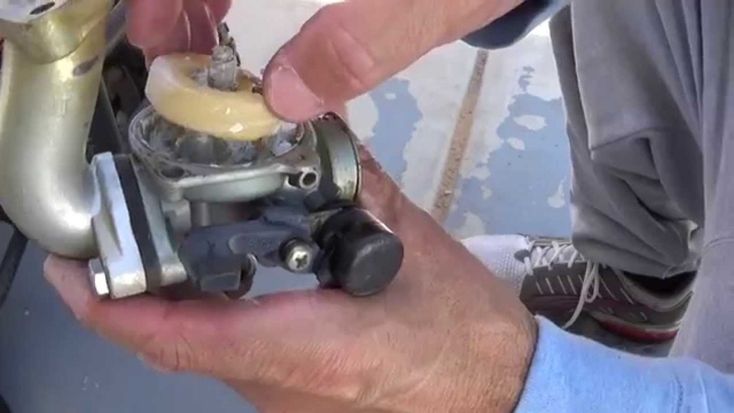 This will change the balance of traction between the wheels, and the turn will be made smoothly. Turns back are performed in the same way.
This will change the balance of traction between the wheels, and the turn will be made smoothly. Turns back are performed in the same way.
ATTENTION!!! ATVs are not designed to make sharp turns or turns at high speed!
When entering a slippery surface, slow down.
Avoid sharp and sharp turns, or the ATV will skid.
When skidding, turn the steering wheel in the direction of the skid and shift your body weight forward. Never slow down during a skid.
An all-wheel drive system can make driving on slippery surfaces much easier.
Climb up in a straight path.
ATVs are not designed to climb steep hills (over 25°).
When lifting, keep both feet on the footrests and shift your body weight forward.
Drive at a steady speed with the throttle open.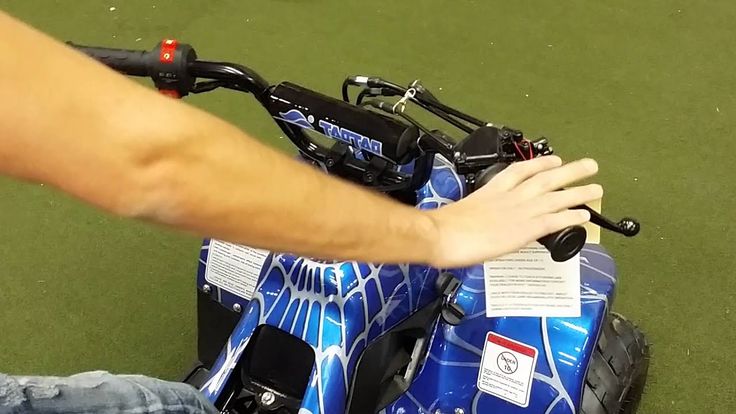
When ascending, be fully prepared for an emergency.
If the ATV has completely lost forward speed, raise yourself up and apply the front brake. If there is a complete stop, apply the rear brake as well, and then set the gear selector to park.
If the machine rolls backwards, it is necessary to get up and apply the front brake. After a complete stop, you can also apply the rear brake and move the gear selector to park mode.
ATTENTION!!! Crossing hills on an ATV is very dangerous! If possible, try to avoid hills when riding an ATV. Any incorrect action while crossing a hill can cause serious injury, or even death!!!
If you still need to cross a hill with an ATV, follow these rules:
Drive at low speed.
Tilt your torso towards the hill to transfer the weight of your upper body towards the slope. But be sure to keep your feet on the footboards.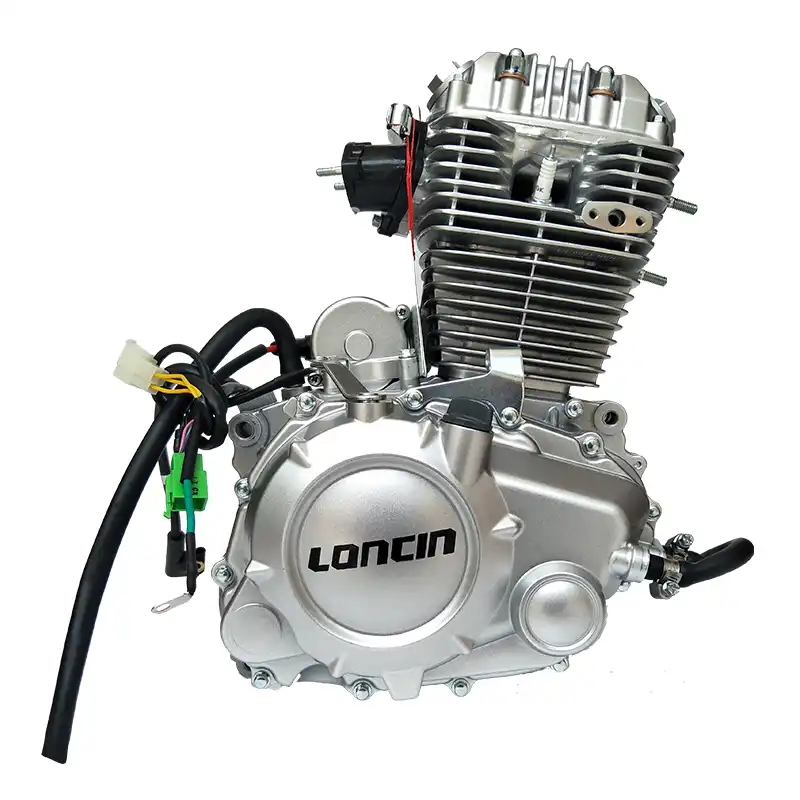
In order not to lose direction, the machine must be steered slightly uphill.
If the ATV begins to tip over, quickly turn the front wheel downhill or leave the vehicle immediately.
Move in a straight line.
Transfer the weight of the torso to the rear of the machine.
Drive at low speed with light brakes applied.
Know how to operate the rear auxiliary brake lever.
If the machine stalls while lifting, do not let it roll down. Do the following:
Stop and put the gear selector in park mode, raise yourself up.
Turn off the engine.
Get off the ATV on the side that is on top. If the ATV is pointing up in a straight line, then you need to get off on the left.